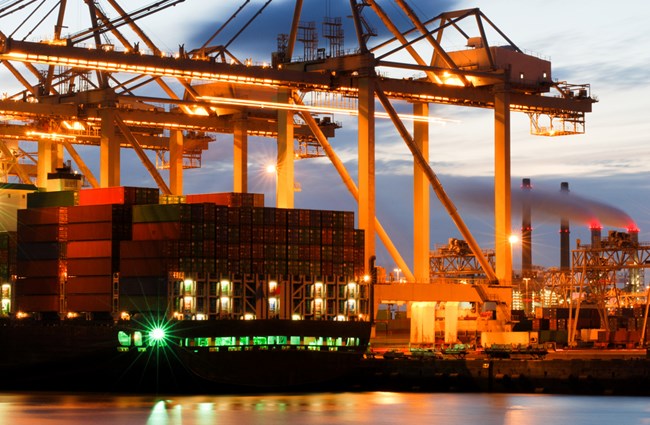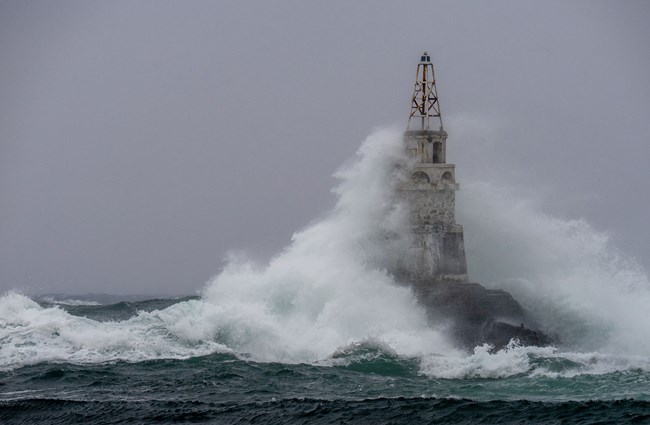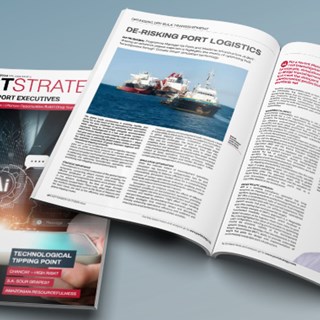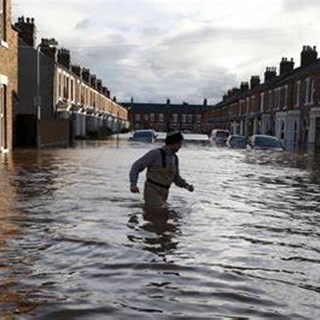There is an increasing societal emphasis being placed on the concept of resilience – and, in particular, on addressing the dual challenges of climate risk in terms of the transition to a low carbon economy and adapting to acute and chronic physical threats such as sea level rise.
While there continues to be much emphasis placed on decarbonisation, electrification, renewables and alternative fuels, the latest IPCC AR6 report and the outcomes of the negotiations at the recent COP26 indicate it is likely now a shortening window of opportunity for organisations to address climate resilience issues before these physical impacts from climate and extreme weather become more serious. Reporting and regulatory requirements around climate risk financial disclosure are also emerging, with TCFD reforms being implemented by national governments and stock exchanges across many jurisdictions.
Despite these considerable drivers of change, the requirement for assessing climate resilience remains discretionary mainly. Organisations' current action is primarily driven by investor and corporate ESG aspirations rather than operational risk and regulation.
Because they are situated in current, and future hazard areas, increasing physical risks from climate will be felt keenly by maritime infrastructure owners and operators (across ports, harbours, marinas and shipyards). These facilities will invariably be exposed to increasing climate-related risks, given their proximity to the coast and waterways.

As shown in the figure, this will play out in the form of acute impacts such as storms, heat waves, and flash flooding but also much more gradual climate changes such as sea level rise, temperature increases and drought affecting water supply, increased sedimentation (leading to more frequent dredging) and changes to wind dynamics potentially affecting maritime navigation.

As climate's current and potential future impacts become better understood, many maritime sector organisations are starting to take their first steps toward resilience and adaptation planning.
In our experience, while the resilience planning process should be evidence-based, it need not be an excessively costly or time-consuming exercise. Some opportunities here include:
- A plethora of climate-trend data available can be downscaled to inform risk assessment and planning, with most of these data sets able to be used free of charge.
- In many jurisdictions, port and maritime facilities are included in more detailed coastal hazard studies and investigations undertaken by Government agencies with the ability to access the outputs of modelling and mapping.
- There is existing and emerging guidance available for the sector about climate risk and resilience from organisations such as PIANC1 and other sources such as the NCCARF Coast Adapt web portal in Australia2.
- There is generally a robust understanding of risks and impacts from existing weather events at maritime facilities as well as current management tools and measures (such as disaster management plans, asset management systems, etc.) in place that can be modified to address the additional risk from climate change.
However, bespoke site-based assessments remain a critical tool for owners and operators to understand and discuss the consequence of these trends at the local scale. This level of detail becomes vital for organisations to accurately assess the potential implications of climate on business operations (including costs), their organisational tolerance to these risks over time and priorities for action.
For a modest investment, this information can inform the aspects and areas of existing vulnerability to climate change that need priority treatment and guide the siting and design of future development and expansion.










